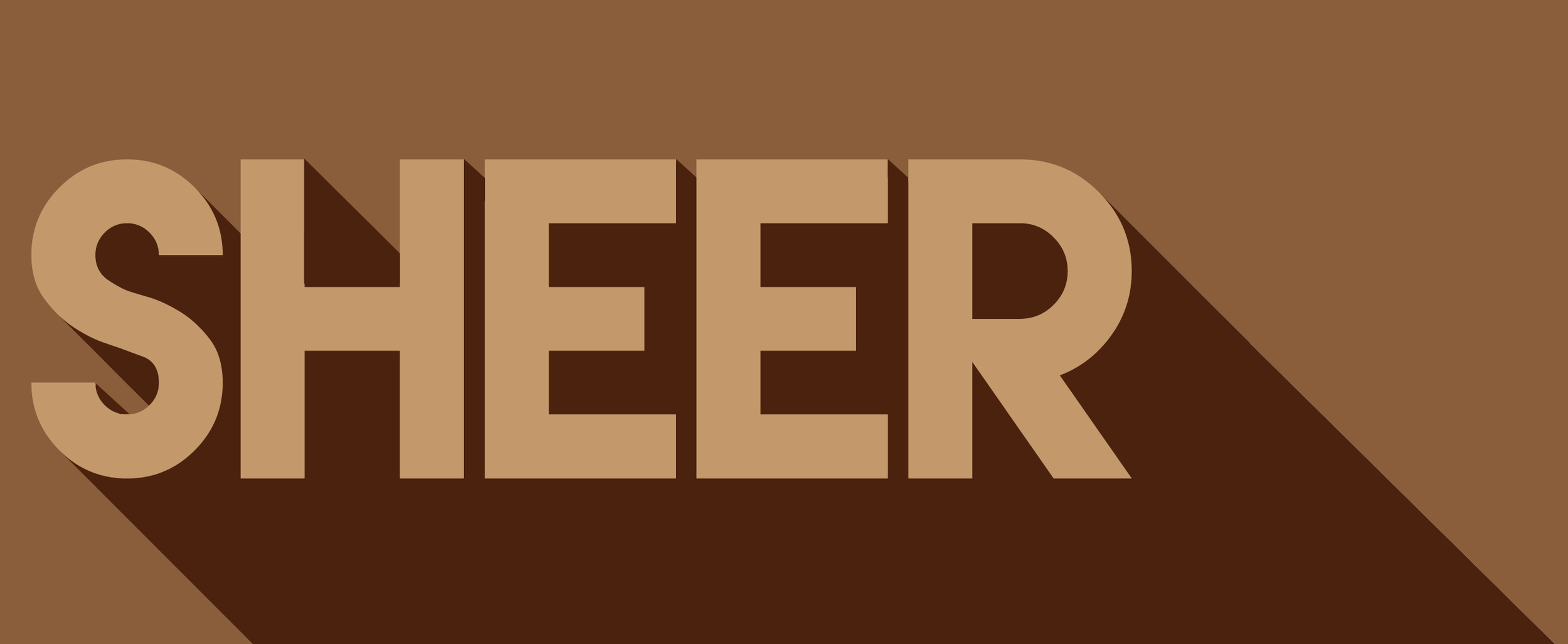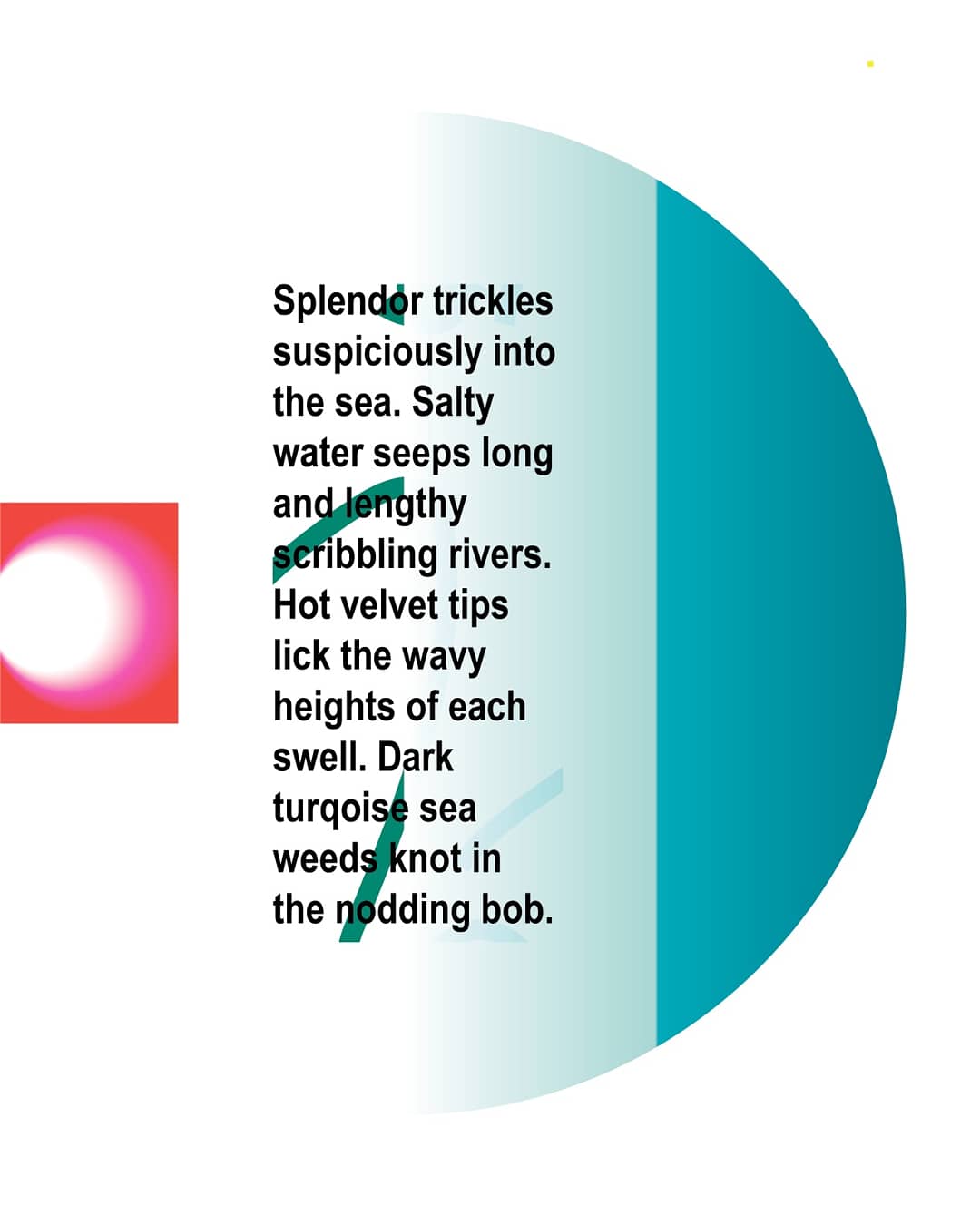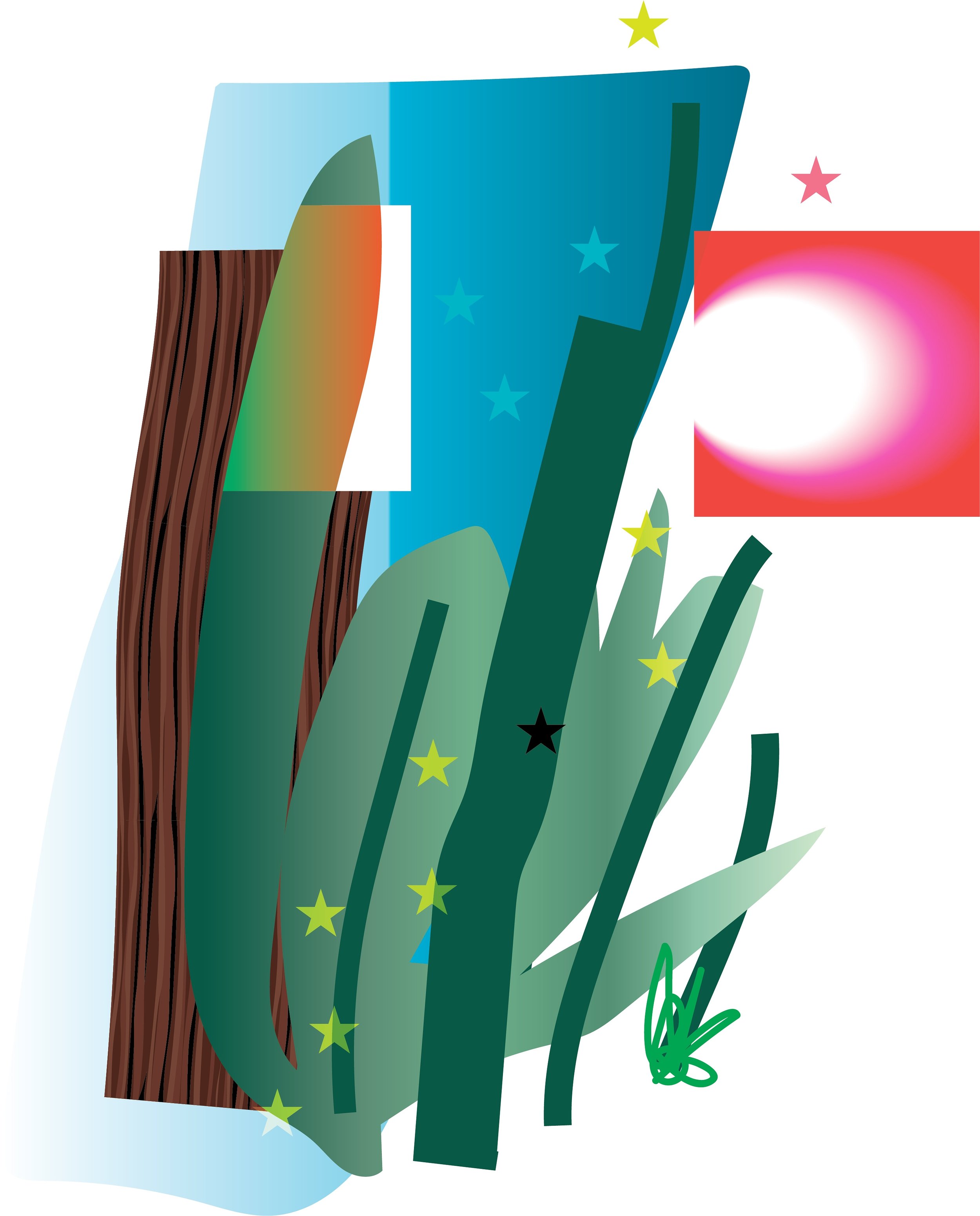ARTISTS TO KNOW: PARADISE KHANMALEK
PARADISE KHANMALEK
Paradise Khanmalek is an Iranian visual artist and poet based in Los Angeles. Paradise’s work is a vibrant representation of non-conforming beauty standards and inspires us to get connected with our most vulnerable selves.
SHEER: Tell us a little bit about yourself? (Where you’re from/based, cultural/ethnic identity, etc)
PARADISE KHANMALEK: My name is Paradise and I’m a visual artist and poet. I’m Iranian and born and raised in LA.
SHEER: In what ways does your culture and upbringing influence your work?
PK: I grew up surrounded by my dad’s collection of Iranian arts and crafts. He had a diverse collection of goods from vintage Iranian costume jewelry, matchboxes, paintings on leather, ornamental carved trays and dishware, to decorative rugs. I still have a few pieces from his collection hanging in my home now. Visually, I can look at these works today and draw correlation to the motifs I work with and the visual application and aesthetic I employ. I especially became interested in looking more closely at what it was I liked about the Iranian art and craft I grew up with when I was 19. I have since followed several visual tangents from that initial point of interest. Of course, this is all happening simultaneously with everything else going on in my life and all the visual, cultural, experiential influences touching my brain. So there’s lots of cross over. Additionally, from another perspective, growing up Iranian in LA and being embarrassed and ashamed of my identity as a child also heavily influenced my art practice.
SHEER: What would you say was the first definitive moment that called you to begin making art? Was it a natural start or specific instance that opened the door to art for you?
PK: It was truly a natural start. I remember being 3 and 4 years old and absolutely LOVING making art. I have a crystal clear memory of being in kindergarten drawing a butterfly with crayons. I was so consumed with this project that when arts and crafts time was over my teacher let me continue working because she could see how focused I was. When I finished the drawing she showed the class and celebrated my accomplishment. I’ll never forget that sweet and joyous moment. I’m honestly filled with warmth thinking about it now. As I grew older, I knew I wanted art to be a definitive part of my life. I’ve made an effort to practice and explore my visual interests consistently to this day!
SHEER: How do you choose the themes in your work and how do you approach representing women of color in your artwork?
PK: The themes of my work are usually whatever concepts, concerns, and theories are rolling around in my head. The last few years I have been thinking a lot about my foundational human conception of reality and the blurry, exciting, entropic nature of our universe. I’ve been ruminating on this from the micro experiences of my emotional state to macro things I’ve read about quantum mechanics and the Higgs field. I’ve also been making a lot of work about the male subject / female object binary (and why it’s bullshit). The theme doesn’t always come first though. It’s all happening at the same. I’m thinking about stuff, feeling things, being human and making art. Sometimes I’ll look at something I made 6 months ago and understand the themes I was working with after the fact. Sometimes the art and the experience of making it informs and enriches the concept.
My approach to representing women of color is semi-autobiographical. I generally draw people that look like me. But I don’t see the figures I draw as self-portraits. They just loosely have features that I’m familiar with. This is naturally what comes to me when I’m drawing and it makes me feel good. My visual interests usually position my figures within an experimental digital aesthetic. I like what this does with the semiotics of representing gender non-conforming people of color. The aesthetic itself feels expansive and alternative to me so I hope that complicates and disrupts assumptions about hairy fat brown people.
Patterns Part Eight by Paradise Khanmalek
SHEER: What are the various mediums of art you’ve experimented with and what other types of art would you like to explore?
PK: I started with drawing and painting. I learned ceramics in college and focused on that medium for a good two years. My high school offered dark room photography and I took it and loved it. I loved taking photos and I still do – I just use my phone now. I learned a few different kinds of printmaking methods in college and loved those but since they require equipment, I didn’t continue practicing after college. For the past 5 years, I’ve been primarily drawing on the computer using Adobe Illustrator. This is my favorite medium right now. I’m currently trying to learn how to make clothes. I design clothes online and have them printed but I’d like to learn how to sew and make my own patterns. I’m also interested in learning how to make music.
SHEER: What would you say is the greatest challenge in creating art that deviates from the mainstream standard of beauty we are often expected to embrace?
PK: Honestly living in a body that deviates from the mainstream standard of beauty is harder than drawing bodies that do so. Drawing my figures feels good- natural and easy. Every single time I draw a face or body, it’s truly second nature for me to draw hooked noses, facial hair, chunky tummies, etc. Maybe that’s because it’s so embedded into my practice at this point. I didn’t always used to draw figures like this. I really switched gears when I was 19 and starting to think more critically about race and gender. But even then it was fun and uplifting to draw people who looked like me.
SHEER: How would you like your work to be remembered for generations to come?
PK: I would like my art to be one voice in a global visual culture that revels in the ecstasy of life, connection, and the visual/emotional/cultural richness of our world. I’d like people to look at my work and say “I feel the raw human energy in this and it inspires me to get connected with my most vulnerable self”.












